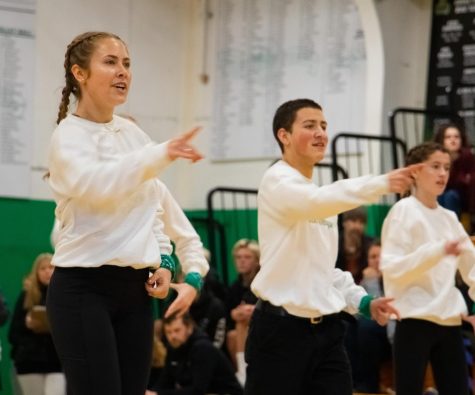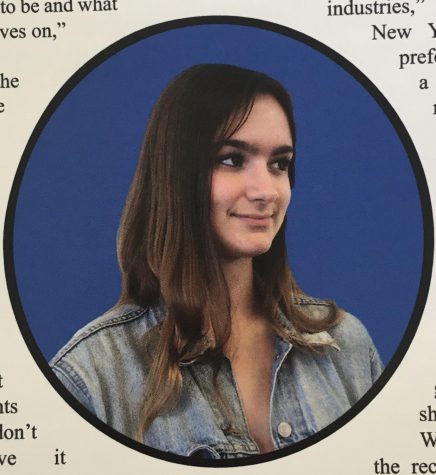Students experience sexual harassment at school
May 10, 2018
An unfortunate commonality unites celebrities like Chester Bennington, Lady Gaga, Ashleigh Murray, and Gina Rodriguez. That commonality is the experience of sexual harassment.
By definition sexual harassment is a range of unwanted sexual remarks or advances. The definition is vague, but even seemingly trivial actions such as name calling, gender bias, and spreading rumors are all sexual harassment.
This problem feels detached from the reality of student life in Marin since it is such a safe, progressive place. That is not quite the case with sexual harassment.
“A lot of students don’t realize what sexual harassment is or if it’s happening to them,” said counselor Kyle Kassebaum. “I usually hear signs that they have experienced harassment when a student comes in for something else; sometimes it includes name calling or spreading rumors about real or fake hookups.”
According to the 2015-2016 California Healthy Kids Survey taken from freshmen and sophomores, about 36 percent of the students experienced verbal sexual harassment at least once during the school year, and 17 percent of the students experienced verbal sexual harassment more than four times during the school year.
The school tries to educate its students about ways to prevent sexual assault and abusive relationships, along with providing on-site counseling for those who already have. The Social Issues classes aim to educate students about consent, and school sponsored therapists are available to students who need them.
However, escalated sexual harassment still occurs at school.
“I felt violated and uncomfortable,” said a junior girl, who felt this way when she was grabbed twice without her consent in the hallways. “It was out of nowhere.”
This student decided not to report the perpetrator’s actions because she felt it was no big deal at the time, and it didn’t make her feel immediately threatened. Similar experiences, though, are shared by others.
“Do school dances count?” said a senior girl. “It’s hard to tell what’s consensual and what’s not.”
It is difficult to know when someone has experienced sexual harassment because many people don’t know they’ve experienced it.
“I received unsolicited pictures at school,” said another senior girl. “You wouldn’t think it’s a serious thing like sexual harassment, but it made me feel really uncomfortable.”
Unsolicited pictures of a sexual nature are actually sexual harassment by definition.
In their book, Crossing the Line, Catherine Hill and Holly Kearl argue that sexual harassment is much more prevalent in schools than previously thought. The book cites a survey of 7th-12th graders by the American Association of University Women (AAUW) which found that 56 percent of females and 40 percent of males experience sexual harassment.
Hil and Kearl also acknowledged the gender gap in these surveys; “Too often, the more comfortable term is bullying. There is a greater likelihood that females experience sexual harassment, but it’s common knowledge that not every guy has sexually assaulted or harassed someone, and that girls can be the perpetrators, too.
According to the Rape, Abuse, and Incest National Network (RAINN), one-ninth of girls and one-fifty-third of boys under 18 are victims of sexual assault; females ages 16-19 are four times more likely than the general population to be victims of rape, attempted rape, or sexual assault.
RAINN states that new or intensified depression, self-harm, eating disorders, drug abuse, bruises, PTSD symptoms, anxiety, changes in selfcare like appearance or hygiene, suicidal thoughts or behaviors, and falling grades are all signs of sexual harassment or assault.
The school counselors and therapists are resources for voicing concerns about sexual harassment. However, students can also find solace by talking to Peer Resource students, the #metoo club, a coach, or a teacher.
Students have clearly experienced sexual assault at school. This is concerning, but hopefully the school continues to educate students about this topic.
“I’ve heard reports of sexaul harassment enough to know its still a big problem at Drake,” Kassebaum.
“I think it needs to be talked about much more at school.”
We have used anonymous sources (senior girl, junior girl) to protect the identity of students quoted in this article from any retaliation.






